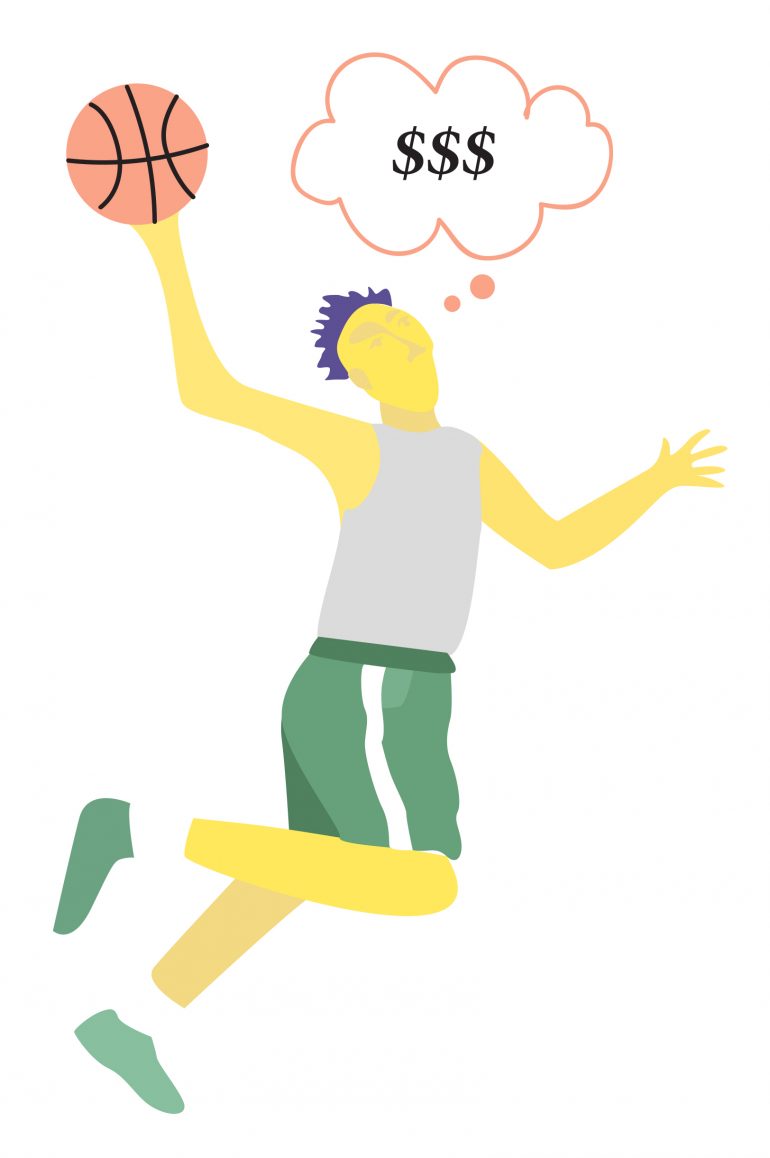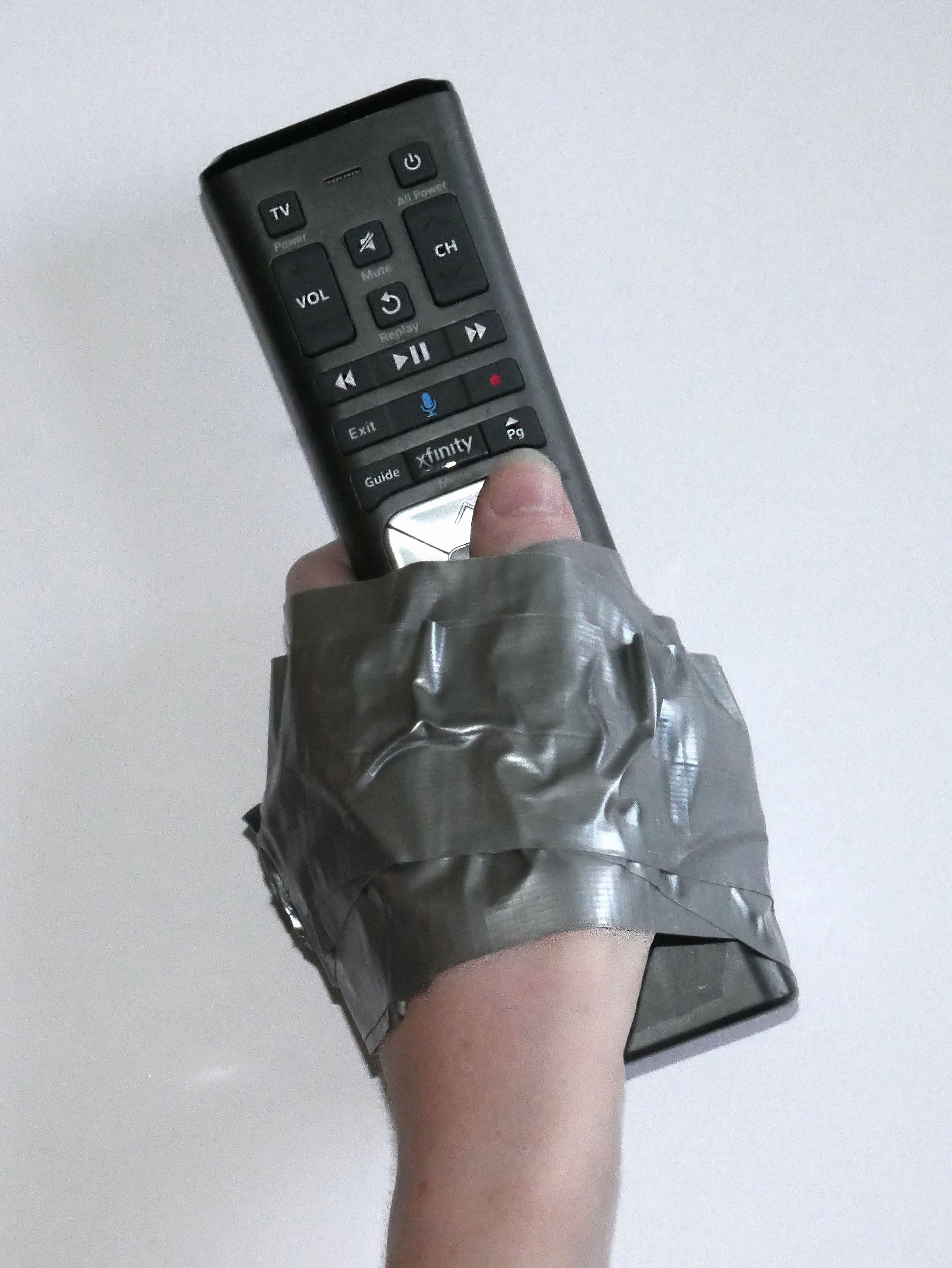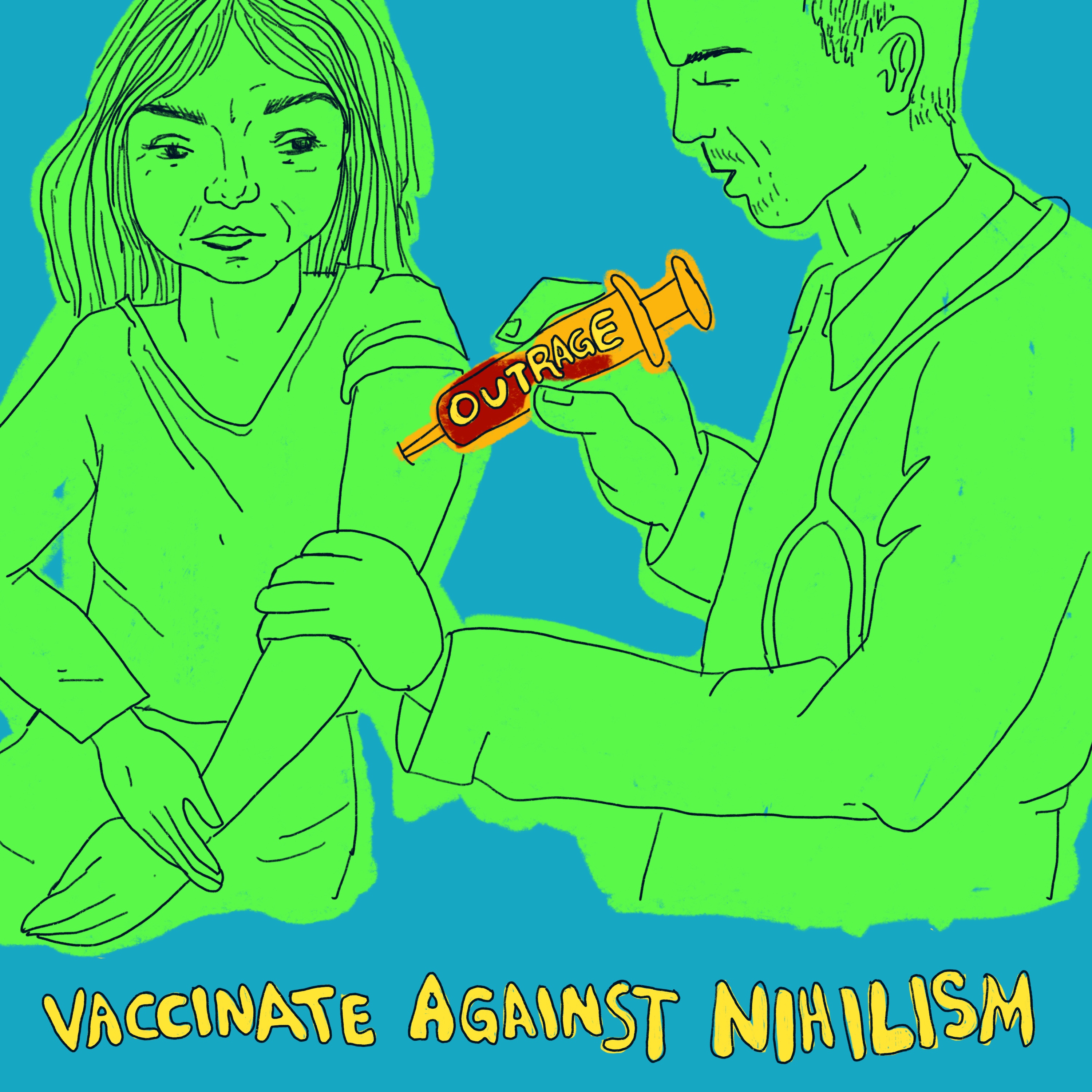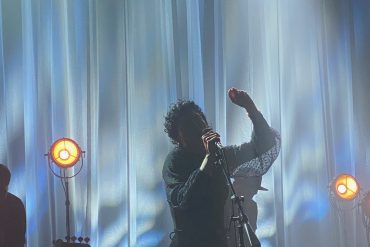Should student athletes receive compensation for participating in sports? We don’t pay students for being in school plays, nor do we pay college choirs for community concerts. However, college sports are unlike any other extracurricular program; they can require significant time commitments from student athletes, can publicize the image of student athletes on a national scale via televised events and merchandising, and are often very lucrative enterprises for both the universities and athletic organizations like the NCAA. These circumstances, increasingly becoming the norm, remove college sports so far outside the definition of “extracurricular activity” that it’s crucial to redefine what it means to be a “student athlete,” and in doing so, acknowledge that paying these athletes is becoming increasingly necessary.
Time is a valuable commodity to college students. For this reason, mandatory caps are often placed on the time commitments any extracurricular program can demand from a student. In fact, the NCAA, which oversees sports in 1,281 institutions, including Portland State University, has a mandatory cap of no more than 20 hours of practice per week for student athletes. What’s amazing about this fact is the word “mandatory.” A 2016 national survey conducted by the NCAA itself found that every single student athlete who participated in the survey, regardless of what sport they played, reported average hours practiced at well above the 20 hour-per-week cap. Male players in the Football Bowl Subdivision (the highest division for college football in the U.S.) had a median average of 42 hours per week. That’s the equivalent of a fulltime job, plus two hours of weekly overtime, for which no payment is offered. Requiring a professional-level of time commitment calls into question the very title of “student athlete.” Despite self reporting these findings, the NCAA has only penalized a small handful of institutions and has done little to better enforce its own 20-hour cap. Such unregulated time commitments can effectively prevent student athletes from pursuing paid fulltime or partime jobs, an opportunity other extracurricular activities do not prevent.
Time spent by student athletes on sports can also affect academic performance. Many student athletes playing at high division levels receive sports scholarships in order to afford tuition at the school recruiting them. While the scholarship itself might be “for sports,” the primary purpose of a scholarship is to allow an individual access to education that might otherwise be unavailable to them. Giving an individual the opportunity to higher education, then putting demands on them that could greatly interfere with their success in that education, is not only contradictory, it’s also playing fast and loose with that individual’s future. There is no college sport in which more than 10% of student athletes will be able to go professional, and the probability is much lower for most sports; for example, according to the NFL 2016 draft data, only three out of 200 college football players (1.5%) will have the opportunity to compete professionally. If college sports institutions are going to treat student athletes like professional athletes by ignoring mandatory time caps, and in doing so compromise the education which would allow these athletes to pursue other professional ventures they will likely need later in life, then these institutions should be willing to offer compensation. Student athletes have a right to their own time; and speaking of rights, they also have the right to their own image.
The opportunity to appear on television, and the opportunity to see one’s name on merchandise, is something few people would pass on, especially in the world of sports where exposure can be critical to one’s future in the game. However, D-1 athletes are often asked to sign away their “Right of Publicity,” a law stipulating that individuals have the right to control how their name and image are used in the media, and to receive reimbursement for that usage. These laws are decided at the state level, but even states without explicit “Right of Publicity” statutes still observe the right as law. The NCAA itself used to require student athletes to give up this right, but dropped the requirement from their contracts after immense backlash from student athletes and several expensive lawsuits. However, many schools and/or athletic conferences for which the students play still enforce this requirement. Again, these institutions require a professional level of commitment from the student athletes, without allowing these athletes the benefits any other professional would get. And no argument can be made that allowing student athletes their “Right to Publicity” would be too great an expense for the NCAA’s nearly billion dollar annual revenue.
The NCAA is registered as a non-profit organization, and while the majority of its revenue does go back into scholarships, funding for athletic departments, and hosting games (the D-1 championships cost 96.7 million dollars annually), the NCAA is an incredibly lucrative organization. In the debate over paying student athletes or not, many have argued that such an added expense could increase school tuition, but this concern seems to operate under the assumption that the school would be paying the athletes, not the NCAA. If current trends in the popularity of college sports in the U.S. continues, NCAA sports will become a billion dollar industry. To be blunt, the NCAA’s revenue is more than sufficient to reallocate funds in order to compensate student athletes for their commitments. And this wouldn’t need to be an expensive endeavor. In an article published by Money, columnist John Thielen listed all the cons of paying student athletes $100,000 annual salaries. Thielen’s article is convincing, but it begs the question: who is suggesting student athletes be paid like this? Are the only two solutions to either pay student athletes obscene amounts of money or not pay them at all?
In answering the question of whether or not student athletes should receive compensation, logical fairness is the best solution. If the NCAA and various media sources want to use the image of student athletes to sell tickets to games and sell various merchandise, the student athlete should be able to practice their “Right to Publicity”—a right granted to professional athletes and every other U.S. citizen—and receive compensation. If the NCAA is not going to recognize its own limit of no more than 20 hours of practice per week, student athletes should be compensated for their overtime hours. The reason for extracurricular activities, at its core, is to allow time and space for students to pursue and benefit from their own interests without detracting from other aspects of their lives. When an extracurricular activity ceases to function like an extracurricular activity, we need to stop treating that activity as though it still fits in a no-longer-relevant definition.
This article originally appeared in our May / April 2018 print issue.





